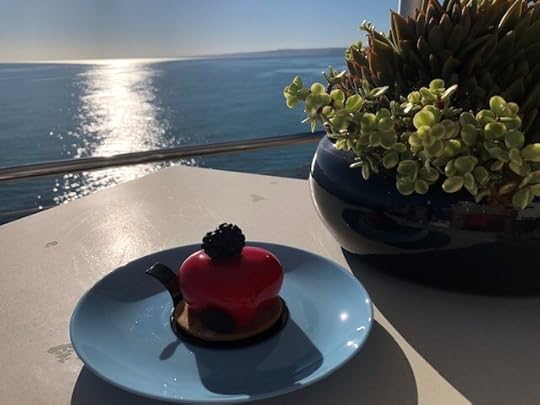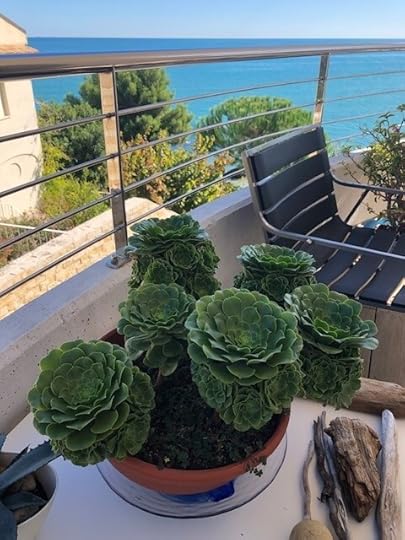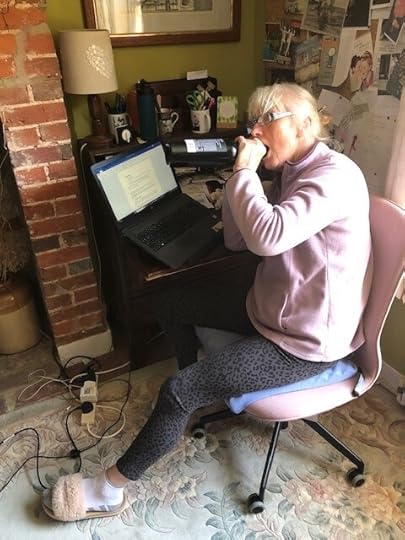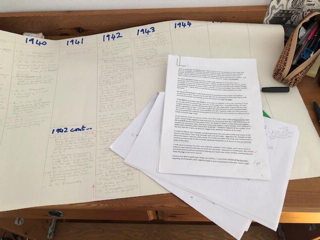An ideal writing day …




Of course it’s never like that! And especially when I’m besieged by structural edits.

Driven to drink by the structural edits
When you write THE END at the end of your first draft, it is definitely not the end. It’s the beginning of the end of several rounds of edits…
Structural edits are the first process in reshaping first efforts. In my case, it usually consists of my lovely editor’s letter starting off with fulsome praise and compliments, followed by reality: substantial changes to be made… (sings to herself: “Things can only get better – la, la la etc”)
Typical recent writing day
Wake at five a.m. like a cartoon character: eyes on stalks, terror in heart. This book is rubbish, it’s full of holes, why did I include that chapter? It doesn’t go anywhere. Why is the villain a villain? I mean, I know why but will the reader? Why am I doing this to myself? Etc etc
I creep out of bed, careful not to wake hubby, tiptoe downstairs to switch on kettle, grab a couple of sheets of paper and the pen I prefer… where is the damn pen? Spend five minutes looking for it. Calm down as I write TO DO points. Lists are important for me to sort my thoughts…
Below are some tips I’ve learned for myself over the years to help me through this (always painful) stage. Firstly: compile and pin up a realistic timetable for completing the edits, allowing time for unforeseen eventualities (this time round for me: sickness and extra childminding requests)
I strongly advise keeping a chapter summary as soon as you start your novel (I use a spread sheet). A book takes months to write and it’s impossible to keep everything in your head. When you have to chop and change chapters/events at the structural edit change, this summary will become your best friend, believe me.Include in separate columns the timeline (dates, including season, weather), characters appearing where in each chapter, brief account of main event and word count. The latter helps show the overall shape of chapters.Note –there are apps available like Vellum, Ulysees and Scrivener that include the above methods, but my brain works well with paper and pen too and gives me a break from the screen. If you get in a real tangle, compile a large chat and use different colour ink to show the changes needed
Use a timer to make sure you have breaks; go for walks. A tired brain creates tired stories. Be kind to yourself.

I’ll be talking to other authors in the next weeks and sharing their invaluable tips. But, remember, we all work in different ways. Above all, make sure to have fun. Life is too short for going spare over your edits. Ommmm!
See you on the other side xx



